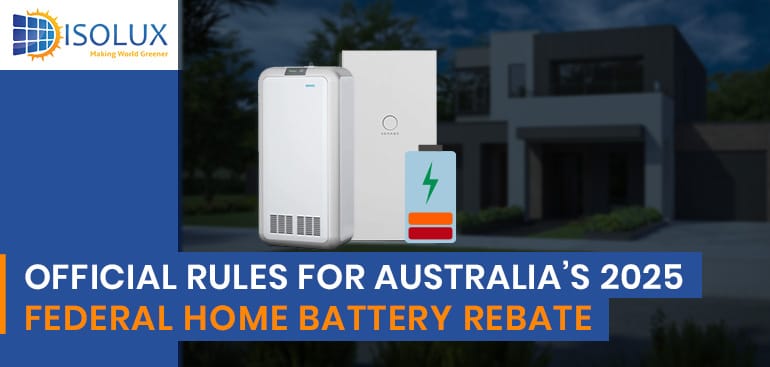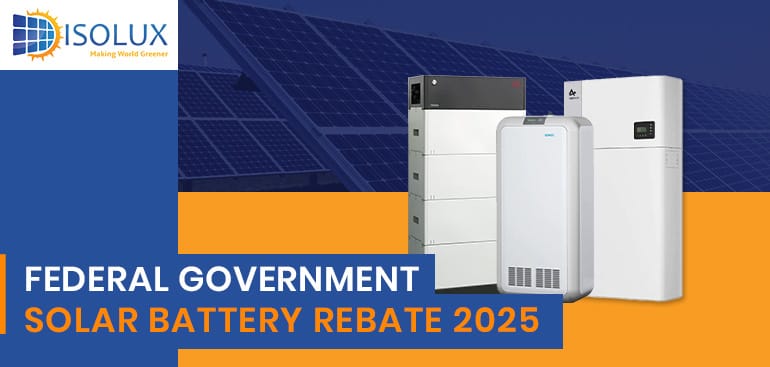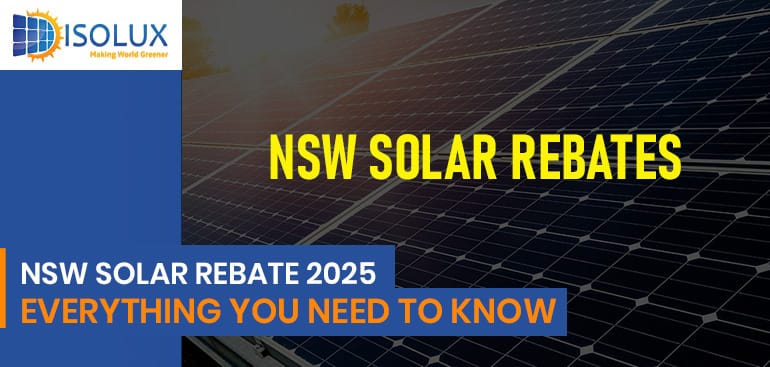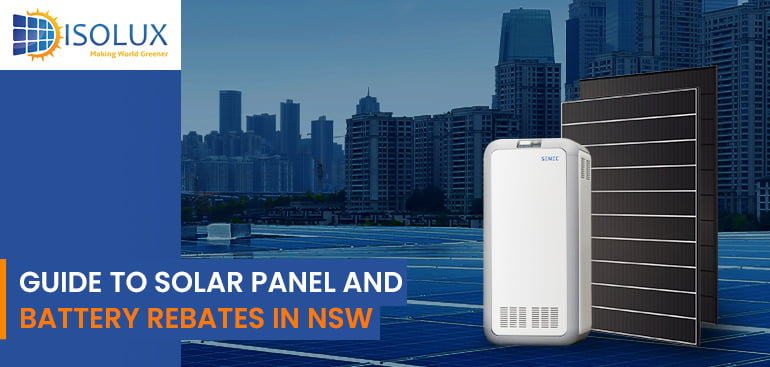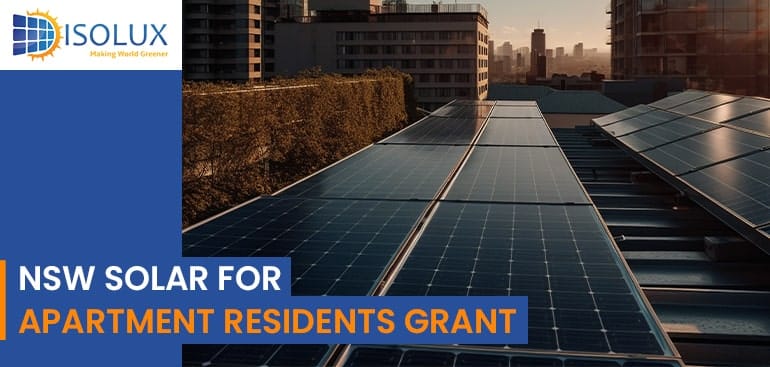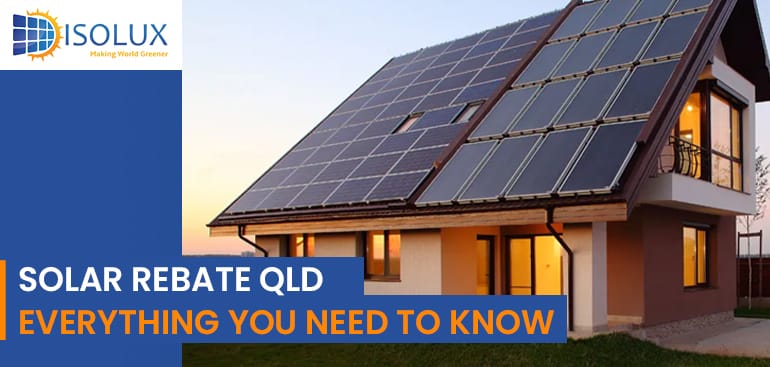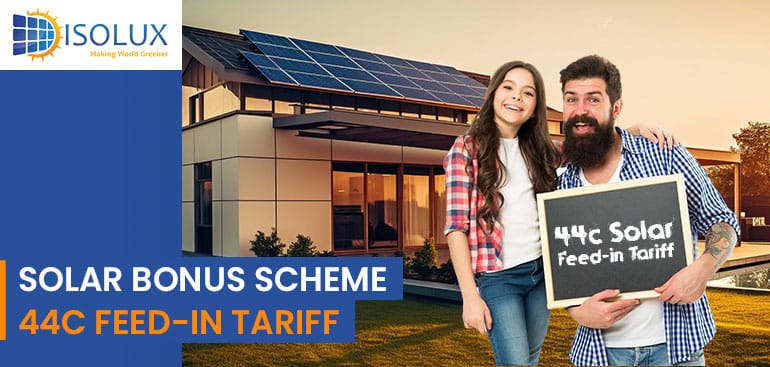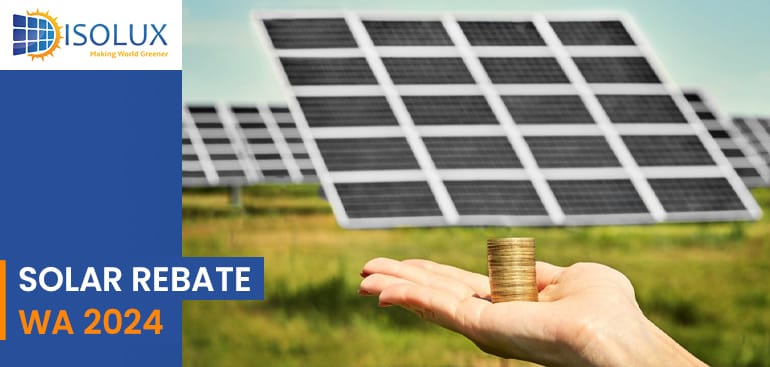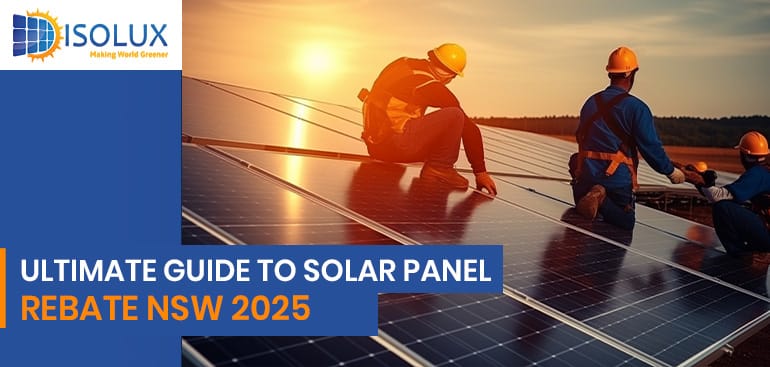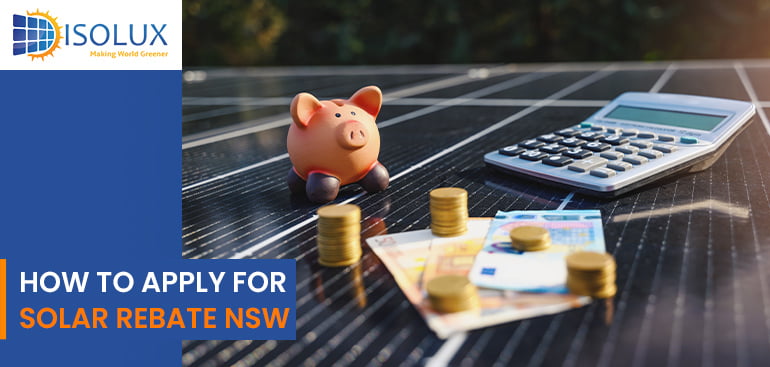Australia’s home energy landscape is set for a major transformation in 2025 with the launch of the federal government’s Cheaper Home Batteries Program. This landmark initiative will make battery storage more accessible and affordable for millions of households and small businesses, supporting the shift to cleaner, more resilient energy. Here’s a comprehensive breakdown of the official rules, eligibility, rebate values, and practical tips for homeowners considering battery installation.
The Federal Governments Solar Battery Rebate 2025 is a game-changer, offering substantial savings to households and small businesses ready to invest in solar battery storage.
Australians who are thinking about installing solar panels in their house may be entitled to government incentives. Rebates are available through NSW government solar rebates and federal government programs. These can help Australian homeowners save thousands of dollars on the cost of installing a solar panel system.
As of 1 November 2024, solar battery rebate NSW, under the Peak Demand Reduction Scheme (PDRS), helps you save money when you install a solar battery. You can get an upfront discount of $1,600 to $2,400, depending on the size of the battery. Plus, if you connect your battery to a Virtual Power Plant (VPP), you may get an extra bonus of $250 to $400.
The shift towards renewable energy is gaining momentum in Australia, and New South Wales (NSW) is leading the way with various solar incentives. For apartment dwellers, accessing solar power has traditionally been challenging. However, the NSW Solar for Apartment Residents Grant is changing that by providing financial assistance to help apartment buildings install solar panels.
To guide Queensland residents on going solar, here’s an in-depth overview of the solar rebates and incentives available in Queensland (QLD), especially for those in Brisbane.
The Solar Bonus Scheme in Queensland, introduced in 2008, offers a significant feed-in tariff of 44 cents per kilowatt-hour (kWh) for eligible solar system owners who export surplus electricity back to the grid. Although this scheme has been closed to new applicants since 2012, existing participants who meet the criteria continue to benefit from this generous tariff until July 1, 2028.
With abundant sunlight, Western Australia (WA) is a prime location for solar power adoption. The Solar Rebate WA program, part of Australia’s national Small-scale Renewable Energy Scheme (SRES), helps residents cut costs on solar installations, making solar energy more accessible and affordable.
Embracing solar energy not only aligns with environmental goals but also opens the door to enticing rebates offered by the Australian Government and manufacturers. Let’s get into the details of solar rebates, covering up-front incentives, ongoing benefits, and additional schemes that can maximize your solar investment.
Embarking on the solar journey in New South Wales (NSW) aligns with environmental consciousness and comes laden with substantial financial perks through government-backed rebates and incentives. This comprehensive guide aims to provide an exhaustive understanding of the eligibility criteria for Solar Rebate NSW, a step-by-step application process, and an exploration of diverse solar rebate programs offered by the NSW State Government.

